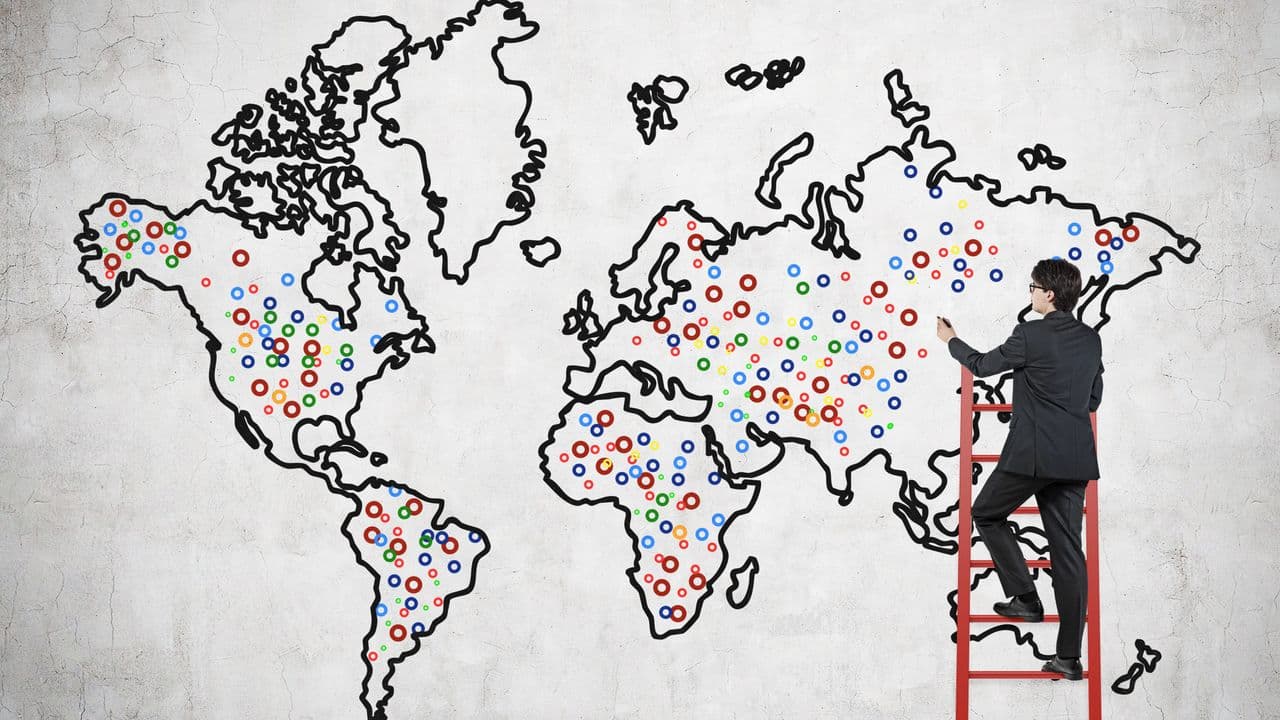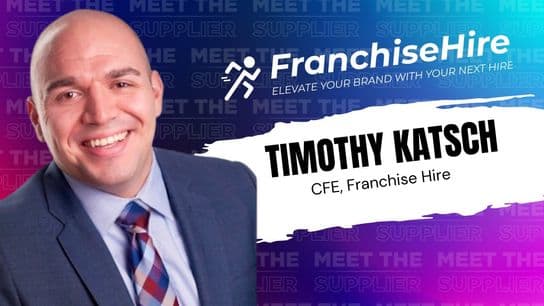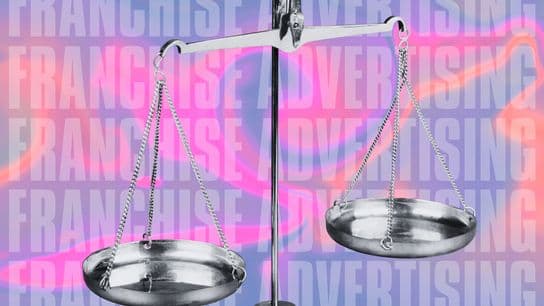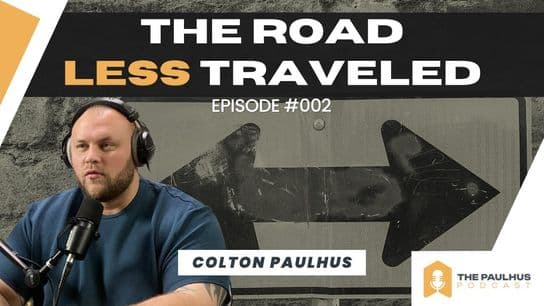Can a New Franchise Grow to 500 Units in Today’s Marketplace?
Three franchise experts weigh in on navigating franchise growth in a changing economic climate
Many of today’s most popular franchise brands were founded decades ago, growing up in vastly different social and economic conditions from today’s. McDonald’s was founded in 1940 and expanded rapidly throughout the ‘50s as businesses across sectors benefited from the booming post-war economy. Starbucks was founded in 1971 and came of age in the era of Second Wave coffee, when Americans first began to put a premium on specialty coffee. Some brands managed to grow in spite of less-than-favorable external conditions. Subway was founded in 1965 and weathered the Great Inflation of the 1970’s to eventually become one of the largest franchise brands in the world.
1851 reached out to three franchise-industry experts to learn what emerging franchise brands can do find success in today’s socioeconomic climate. We spoke with Nick Powills, Chief Executive Officer of No Limit Agency*; Samantha Rincione, Partner at Emerging Franchises; and Robert Stidham, Chief Executive Officer at Franchise Dynamics. Here’s what they had to say.
1851: Is it more difficult for a franchise brand to reach 500 units today than it was 30 years ago? What’s changed?
Powills: It is not necessarily more difficult for a franchise to reach 500 units than it used to be. Less than one percent of brands will hit that mark, but that’s always been the case. These days, franchises benefit from a vast range of new avenues for lead prospecting. There’s digital, PR, marketing, social media, and traditional advertising, among others. So, a savvy development team has a lot to work with.
Rincione: I believe it’s easier for a franchise to hit the 500-unit mark today. With modern technology, social marketing has become a key component of franchise growth. Franchises can use social marketing to drive unit sales and increase interest in their brand. People today are just as interested in owning their own business as they ever were, and franchising has become one of the most attractive routes to do that.
Stidham: Franchising has become far more complex over the last 30 years. Today, there are more concepts, more regulations, and more competition for high-performing franchisees. And with the improving economy, the best franchisee candidates have the option of remaining in the corporate world. On the other hand, franchisees are more sophisticated than they used to be and they have better access to capital and resources, which is due principally to the internet, which increased competition among suppliers. Now that franchisees are more sophisticated and better equipped to run a business, they are far more likely to succeed than ever before.
1851: What hurdles does a small franchise brand face in trying to reach the 500-unit mark today?
Powills: In today’s marketplace, franchise growth can be tough. You have to think like a big business growing in a small-business environment. You need a rock-solid brand concept that really resonates with both consumers and prospective owners. You need to look at your franchise’s growth not just as budgeted against franchise fees but also against the future value of the franchise. And you need to find true growers—franchisees who want to grow their portfolio with your brand. More and more franchisors are spending more and more money on franchisee acquisition, but the pool of buyers is not growing in step, so the growth marketplace is only becoming more competitive.
Rincione: Emerging franchises work with young brands, so one of the big hurdles for our clients is publicity. Franchises need to get their brand in front of as many eyes as possible to show their value. At the same time, they have to have a really strong support team in place to make sure that existing franchisees are equipped to represent the brand well.
Stidham: Most small franchises aiming to reach 500 units are going to face significant hurdles. The first is access to capital. Since franchise unit sales do not immediately translate to royalty cash flow, upfront access to capital is critical for franchisors. Those costs are not going to be quickly covered by franchise fees. The second major hurdle is access to staff and human resources. Because of capital constraints, early-stage franchisors are often unable to find the same high caliber of talent that larger systems hire.
1851: How does a franchise brand avoid cannibalizing unit-level sales is it grows?
Powills: A franchisor has to be smart about how they set up and size their territories. That’s essential to ensuring room for growth in any market. Don’t give away the farm just because you are trying to grow quickly.
Rincione: No matter what stage of growth a franchise is in, it needs to have new, fresh, innovative ideas to keep customers and franchisees engaged. The franchisor also has to be very careful about spacing out units based on a variety of important factors, including population density and how and when consumers interact with the brand.
Stidham: Proper territory sizing is critical. Generally, we find that smaller franchises have a hard time moderating franchise territories at first. There’s a learning curve there, and you’ve got to nail that quickly. Fortunately, these days there are consulting firms that can help franchisors sort out territory design based on their concept, geography, demographics, and any other relevant factors.
*This brand is a paid partner of 1851 Franchise. For more information on paid partnerships please click here.









